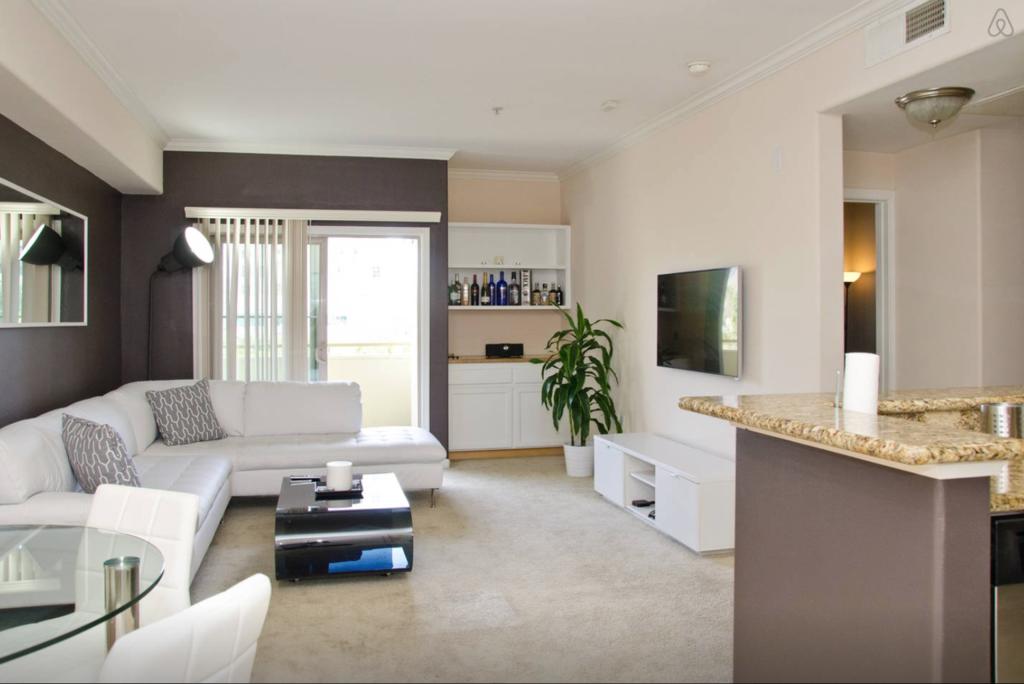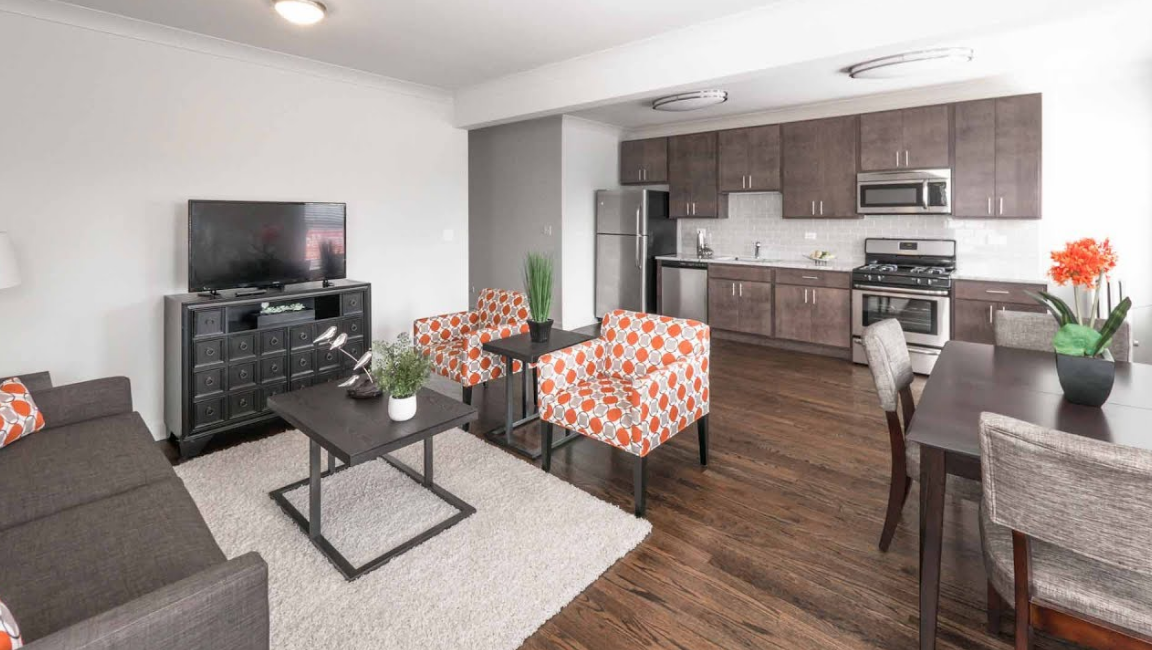Understanding the Need for Affordable Housing: Low Income 3 Bedroom Apartments Near Me

The pursuit of a comfortable and secure home is a fundamental human desire, yet for many low-income families, this dream remains elusive. Finding a 3-bedroom apartment within their budget presents a significant challenge, often leading to overcrowded living conditions, instability, and compromised well-being. This section delves into the complexities of affordable housing, exploring the factors that contribute to its scarcity and the profound impact it has on low-income communities.
Challenges Faced by Low-Income Families Seeking 3-Bedroom Apartments, Low income 3 bedroom apartments near me
Low-income families seeking 3-bedroom apartments face a multitude of obstacles. The most significant challenge is the sheer lack of affordable housing options. Rising housing costs, coupled with stagnant wages, have created a widening gap between what families can afford and what is available in the market.
The limited supply of affordable housing is exacerbated by a number of factors. One contributing factor is the high demand for housing in desirable locations, particularly in urban areas with access to employment opportunities, schools, and amenities. As a result, landlords can command higher rents, further squeezing out low-income families.
Another contributing factor is the lack of government support for affordable housing development. Funding cuts and policy changes have resulted in fewer resources available for building and maintaining affordable housing units.
Furthermore, discriminatory practices, such as redlining and rental bias, can prevent low-income families from accessing decent housing options. These practices perpetuate housing segregation and limit opportunities for families to escape poverty.
Impact of Rising Housing Costs on Low-Income Communities
The rising cost of housing has a profound impact on low-income communities, exacerbating existing inequalities and hindering their economic and social mobility. When families spend a disproportionate share of their income on rent, they have less money available for other essential needs, such as food, healthcare, and education. This can lead to a cycle of poverty, where families struggle to make ends meet and their ability to improve their lives is hampered.
“In many cities, low-income families are forced to spend more than half of their income on rent, leaving little room for other essential needs.”
Moreover, the lack of affordable housing can contribute to family instability and homelessness. When families are unable to find a safe and affordable place to live, they may be forced to move frequently, live in overcrowded conditions, or even become homeless. This can have devastating consequences for children, who may experience disruptions to their education, social development, and overall well-being.
Factors Contributing to the Shortage of Affordable Housing Options
The shortage of affordable housing options is a complex issue with a multitude of contributing factors. These include:
- Limited Supply: The number of affordable housing units available is often far less than the demand, especially in areas with high population density and limited land availability.
- Rising Housing Costs: The increasing cost of land, construction materials, and labor have driven up the price of housing, making it increasingly difficult for low-income families to afford a place to live.
- Lack of Government Support: Funding cuts and policy changes have reduced the amount of resources available for affordable housing development and preservation.
- Discriminatory Practices: Redlining and rental bias can prevent low-income families from accessing decent housing options, perpetuating housing segregation and limiting opportunities for economic mobility.
- Lack of Affordable Housing Development: The construction of new affordable housing units often lags behind the growing demand, further exacerbating the shortage.
- Gentrification: The influx of wealthier residents into low-income neighborhoods can lead to rising property values and displacement of existing residents, further reducing the availability of affordable housing.
Exploring Available Resources and Programs

Finding affordable housing can be challenging, especially for low-income families. However, various resources and programs are available to help individuals and families secure safe and affordable housing. This section will provide an overview of government-funded housing assistance programs, eligibility criteria, application processes, and local organizations dedicated to affordable housing.
Government-Funded Housing Assistance Programs
The federal government offers several programs designed to assist low-income individuals and families with housing costs. These programs aim to provide affordable housing options and promote stable living conditions.
Public Housing
Public housing is a program administered by the U.S. Department of Housing and Urban Development (HUD). It provides rental assistance to low-income families, seniors, and individuals with disabilities. Public housing units are owned and operated by local public housing authorities (PHAs).
“Public housing provides safe, decent, and affordable housing for eligible families, seniors, and individuals with disabilities.” – HUD
Housing Choice Voucher Program (Section 8)
The Housing Choice Voucher Program, commonly known as Section 8, provides rental assistance to low-income families. Participants receive vouchers that subsidize a portion of their rent in privately owned housing.
“The Housing Choice Voucher Program helps low-income families, the elderly, and people with disabilities afford decent, safe, and sanitary housing in the private market.” – HUD
Project-Based Rental Assistance (PBRA)
Project-Based Rental Assistance (PBRA) is a program that provides rental subsidies to landlords who agree to rent units to low-income families. This program helps to ensure the availability of affordable housing units in specific locations.
“PBRA helps create and preserve affordable housing by providing rental assistance to landlords who agree to rent units to low-income families.” – HUD
Other Programs
Other government-funded housing assistance programs include:
- Homelessness Prevention and Rapid Re-Housing Program (HPRP): Provides financial assistance to prevent homelessness and help families quickly regain housing stability.
- Emergency Solutions Grants (ESG): Offers funding to local communities to provide emergency shelter, street outreach, and other services to homeless individuals and families.
- Community Development Block Grants (CDBG): Provides funding to local communities for a variety of purposes, including affordable housing development and rehabilitation.
Eligibility Criteria and Application Process
Eligibility criteria and application processes vary depending on the specific program. However, most programs generally require applicants to meet certain income and family size requirements.
Income Limits
Income limits for housing assistance programs are based on the area median income (AMI) for the geographic location. Applicants must generally have an income below a certain percentage of the AMI to qualify.
“Income limits for housing assistance programs are based on the area median income (AMI) for the geographic location.” – HUD
Family Size
Family size is also a factor in determining eligibility for housing assistance programs. The number of people in the household affects the income limits and the amount of assistance available.
“The number of people in the household affects the income limits and the amount of assistance available.” – HUD
Application Process
To apply for housing assistance programs, individuals and families must typically complete an application form and provide documentation to verify their income, family size, and other eligibility requirements.
“To apply for housing assistance programs, individuals and families must typically complete an application form and provide documentation to verify their income, family size, and other eligibility requirements.” – HUD
Local Organizations and Community Resources
Many local organizations and community resources can provide assistance with finding affordable housing. These organizations may offer counseling, advocacy, and referral services to help individuals and families navigate the housing search process.
Local Housing Authorities
Local housing authorities (PHAs) administer public housing programs and Section 8 vouchers in their respective communities. They can provide information about available housing units, eligibility requirements, and application procedures.
“Local housing authorities (PHAs) administer public housing programs and Section 8 vouchers in their respective communities.” – HUD
Nonprofit Housing Organizations
Nonprofit housing organizations are dedicated to providing affordable housing options and supporting low-income families. They may offer rental assistance, homeownership programs, and other housing-related services.
“Nonprofit housing organizations are dedicated to providing affordable housing options and supporting low-income families.” – HUD
Community Action Agencies
Community action agencies (CAAs) are local organizations that provide a range of services to low-income families, including housing assistance. They may offer counseling, case management, and referrals to other resources.
“Community action agencies (CAAs) are local organizations that provide a range of services to low-income families, including housing assistance.” – HUD
Finding Suitable Apartments and Navigating the Search Process

Finding a low-income 3-bedroom apartment that meets your needs can be a challenging but rewarding experience. This section will guide you through the process of searching for suitable apartments and navigating the application process effectively.
Utilizing Online Resources and Websites
Online resources are valuable tools for apartment hunting. They offer a wide range of listings, allowing you to filter by location, price, and amenities.
- Government-funded Housing Websites: These websites, like the U.S. Department of Housing and Urban Development (HUD) website, provide information on government-funded housing programs, including Section 8 vouchers and public housing options.
- Affordable Housing Search Engines: Websites like Affordable Housing Online, Apartments.com, and Zillow allow you to filter your search based on income restrictions and affordability.
- Local Housing Authorities: Contact your local housing authority to inquire about available units and eligibility requirements. They can provide guidance on specific programs and resources available in your area.
Effective Strategies for Negotiating Rental Agreements
Negotiating rental agreements can help you secure a more affordable and suitable apartment.
- Understanding Your Rights: Familiarize yourself with your rights as a renter, including the Fair Housing Act, which protects against discrimination based on race, religion, national origin, familial status, disability, and other factors.
- Negotiating Rent and Lease Terms: If you have a strong credit history and a stable income, you might be able to negotiate a lower rent or more favorable lease terms, such as a shorter lease period or the inclusion of certain amenities.
- Seeking Assistance from Non-Profit Organizations: Non-profit organizations often offer free legal aid and advocacy services to low-income renters. They can help you navigate complex rental agreements and ensure your rights are protected.
Low income 3 bedroom apartments near me – Finding a low-income 3-bedroom apartment near you can be tough, especially if you’re looking for something affordable and spacious. If you’re in the Ann Arbor area, you might want to check out the options for 3 bedroom apartments in Ann Arbor.
While Ann Arbor might not be the closest to you, exploring nearby cities can sometimes open up more possibilities for low-income housing options.
Finding a low-income 3-bedroom apartment near you can be a real challenge, especially in a competitive market. If you’re looking for a more luxurious escape, consider a beautiful old Key West 3-bedroom villa for your next vacation. While it’s a different kind of housing, understanding the options available can help you find the best fit for your needs and budget, whether it’s a cozy apartment or a luxurious villa.